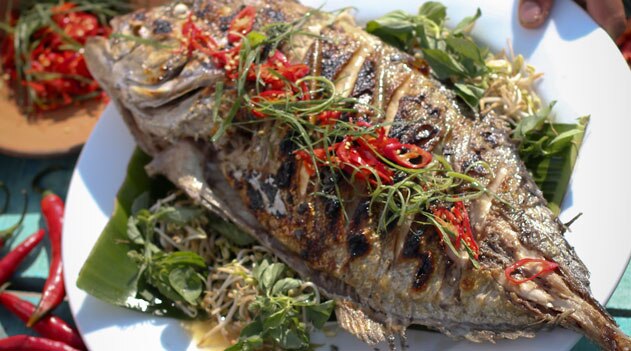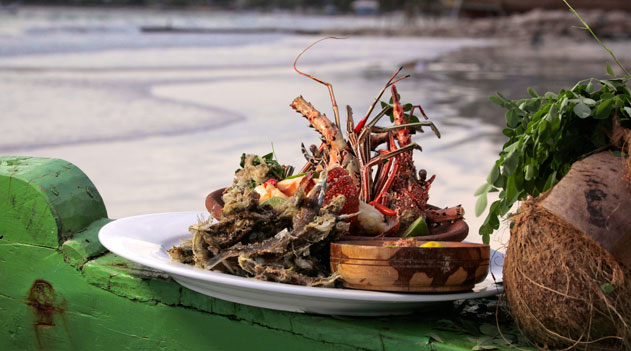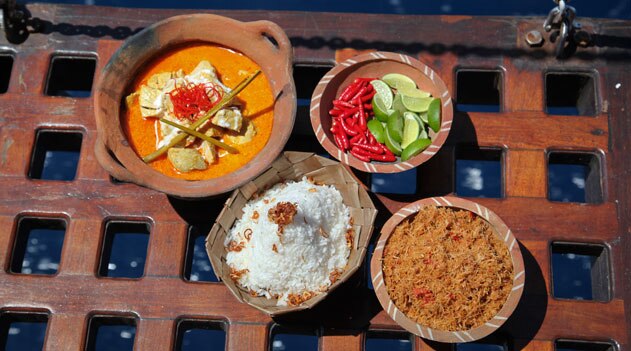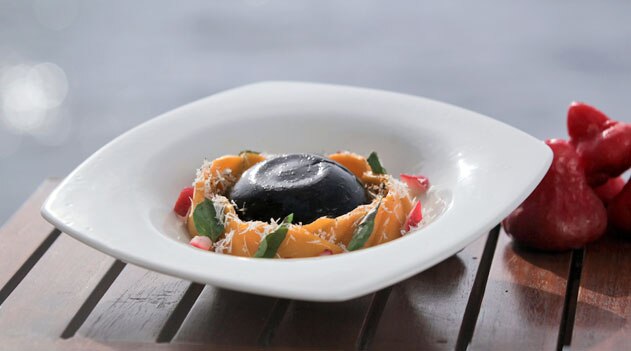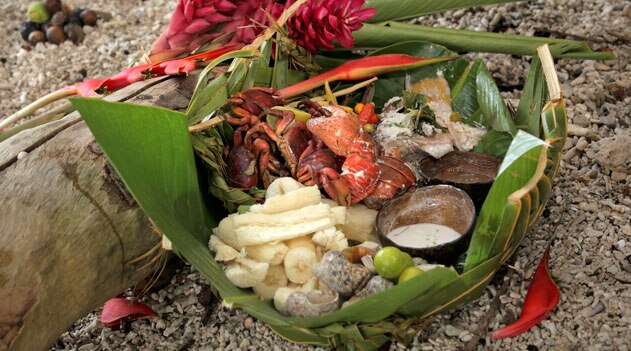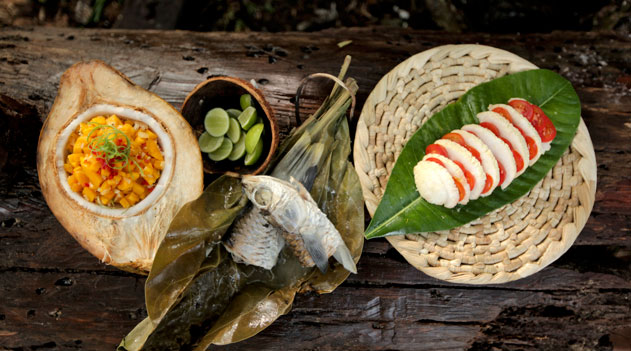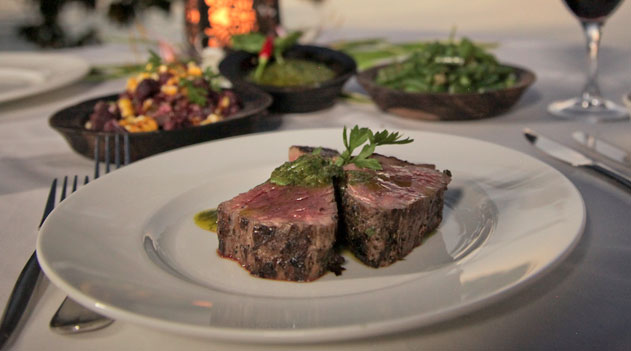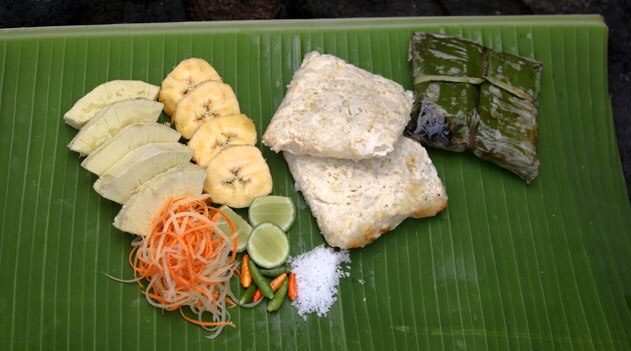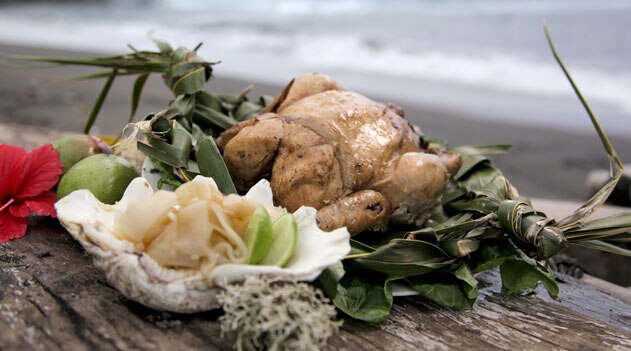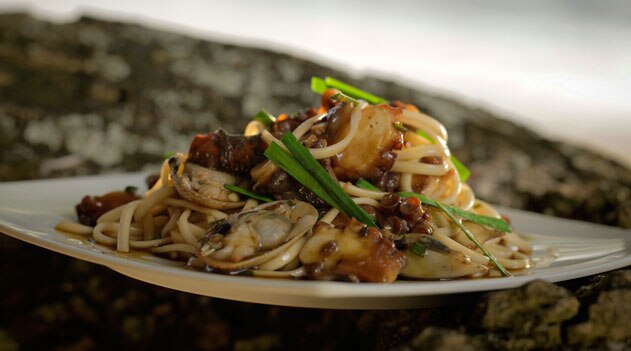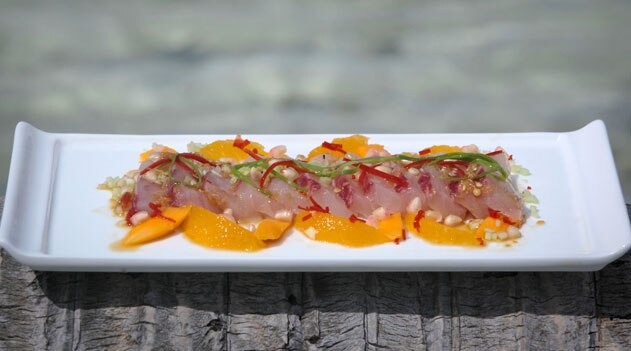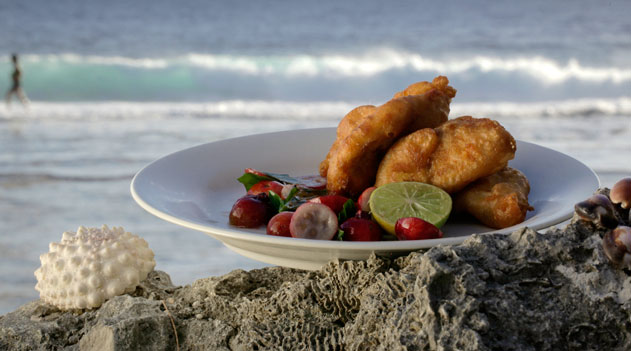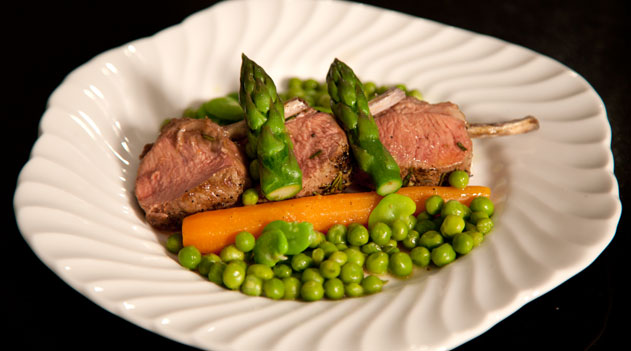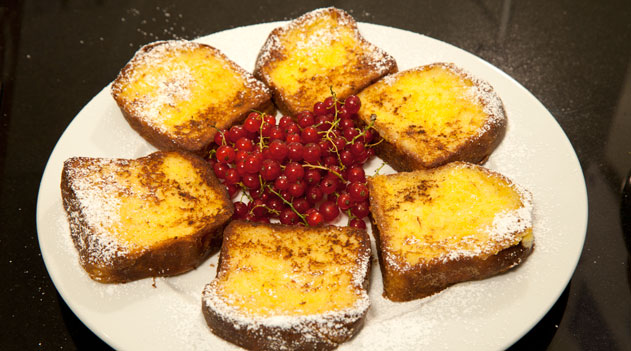Image may be NSFW.
Clik here to view. The origins of this treat are heavily debated. Some say the earliest cinnamon roll may have descended from a medieval fritter, while others believe the Swedes, with their slightly less-sweet cinnamon roll, known as kanelbulle, are the original creators. The American Institute of Baking suggests the early English Chelsea bun may have been the prototype, which was then influenced by the German schnecken (a coiled bun). It is believed schnecken became popular in Philadelphia in the 18th century thanks to German migration to the area, and soon the Philadelphia cinnamon roll was born. Today, there are many variations, including the caramel and pecan-laced sticky bun. This recipe is best eaten the same day – although that shouldn’t pose a problem.
The origins of this treat are heavily debated. Some say the earliest cinnamon roll may have descended from a medieval fritter, while others believe the Swedes, with their slightly less-sweet cinnamon roll, known as kanelbulle, are the original creators. The American Institute of Baking suggests the early English Chelsea bun may have been the prototype, which was then influenced by the German schnecken (a coiled bun). It is believed schnecken became popular in Philadelphia in the 18th century thanks to German migration to the area, and soon the Philadelphia cinnamon roll was born. Today, there are many variations, including the caramel and pecan-laced sticky bun. This recipe is best eaten the same day – although that shouldn’t pose a problem.
Clik here to view.
 The origins of this treat are heavily debated. Some say the earliest cinnamon roll may have descended from a medieval fritter, while others believe the Swedes, with their slightly less-sweet cinnamon roll, known as kanelbulle, are the original creators. The American Institute of Baking suggests the early English Chelsea bun may have been the prototype, which was then influenced by the German schnecken (a coiled bun). It is believed schnecken became popular in Philadelphia in the 18th century thanks to German migration to the area, and soon the Philadelphia cinnamon roll was born. Today, there are many variations, including the caramel and pecan-laced sticky bun. This recipe is best eaten the same day – although that shouldn’t pose a problem.
The origins of this treat are heavily debated. Some say the earliest cinnamon roll may have descended from a medieval fritter, while others believe the Swedes, with their slightly less-sweet cinnamon roll, known as kanelbulle, are the original creators. The American Institute of Baking suggests the early English Chelsea bun may have been the prototype, which was then influenced by the German schnecken (a coiled bun). It is believed schnecken became popular in Philadelphia in the 18th century thanks to German migration to the area, and soon the Philadelphia cinnamon roll was born. Today, there are many variations, including the caramel and pecan-laced sticky bun. This recipe is best eaten the same day – although that shouldn’t pose a problem.



